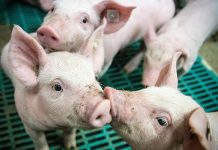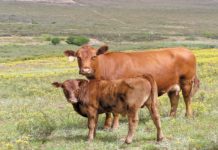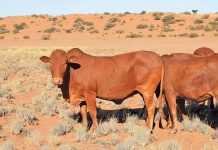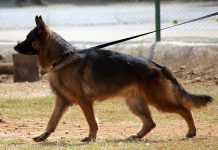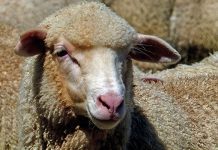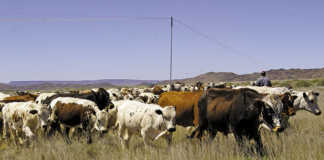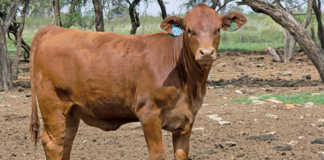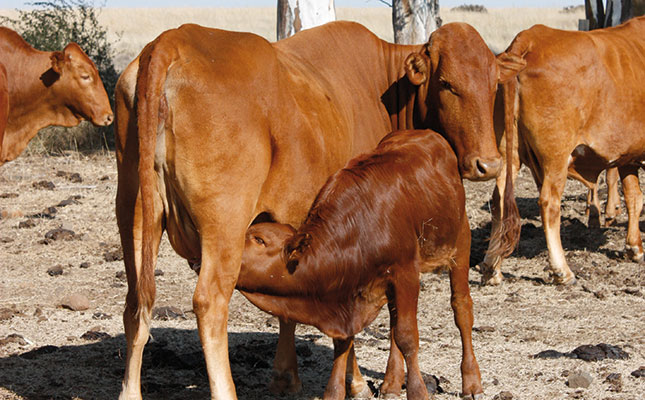
Tuberculosis (TB) is caused by bacteria and can occur in many animals – from sheep to chickens, dogs and even baboons. Let’s look at TB in cattle.
How cattle become infected
- Cattle pick up TB by breathing in small infected drops of spit, expelled when sick animals cough.
- They can also be infected by grazing grass that’s contaminated with dung from sick animals, and calves can be infected by drinking the milk of sick cows.
TB Symptoms
In live cattle, symptoms include:
- Becoming thin, weak and listless.
- Poor coat condition.
- Infertility (not able to produce calves).
- Mastitis.
- A cough that won’t go away and trouble breathing.
- In dead cattle, you’ll see abscesses (sores) in the organs that can be as small as a pinpoint or can affect the whole organ.
TB in humans
People can get TB by eating meat or drinking milk from infected animals, and by handling infected meat and carcasses. TB is a dangerous disease, especially for the elderly, children and people suffering from malnutrition or AIDS.
Symptoms include:
- A cough that won’t go away.
- Pneumonia.
- A poor appetite, weakness and weight loss.
- Sweating at night.
Source: ARC-Onderstepoort Veterinary Institute.
ISSUE DATE: 27 May 2011


